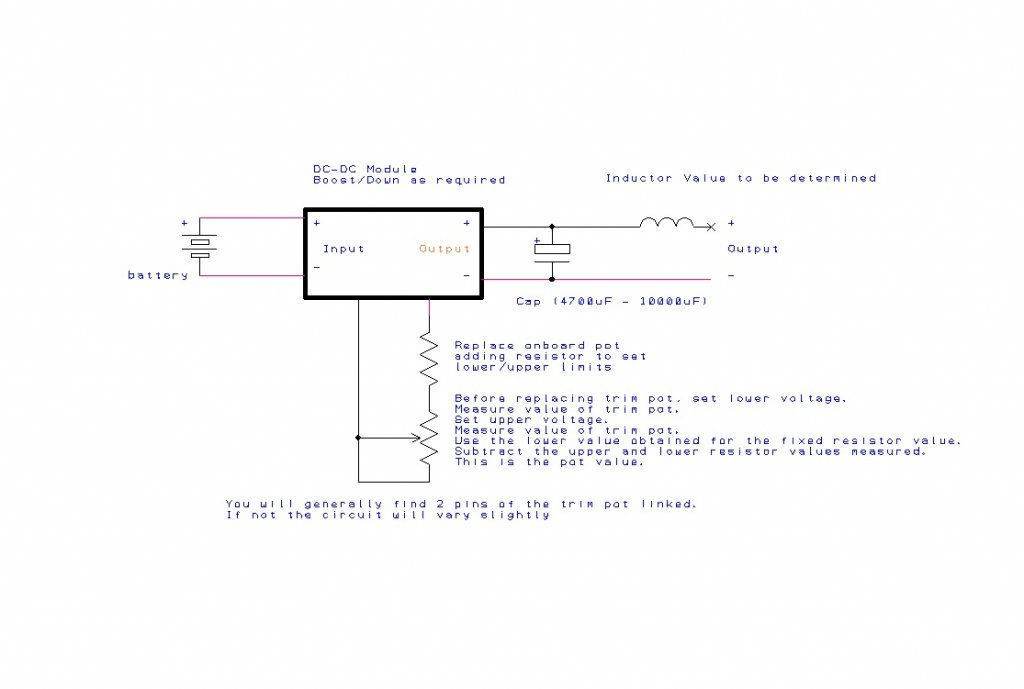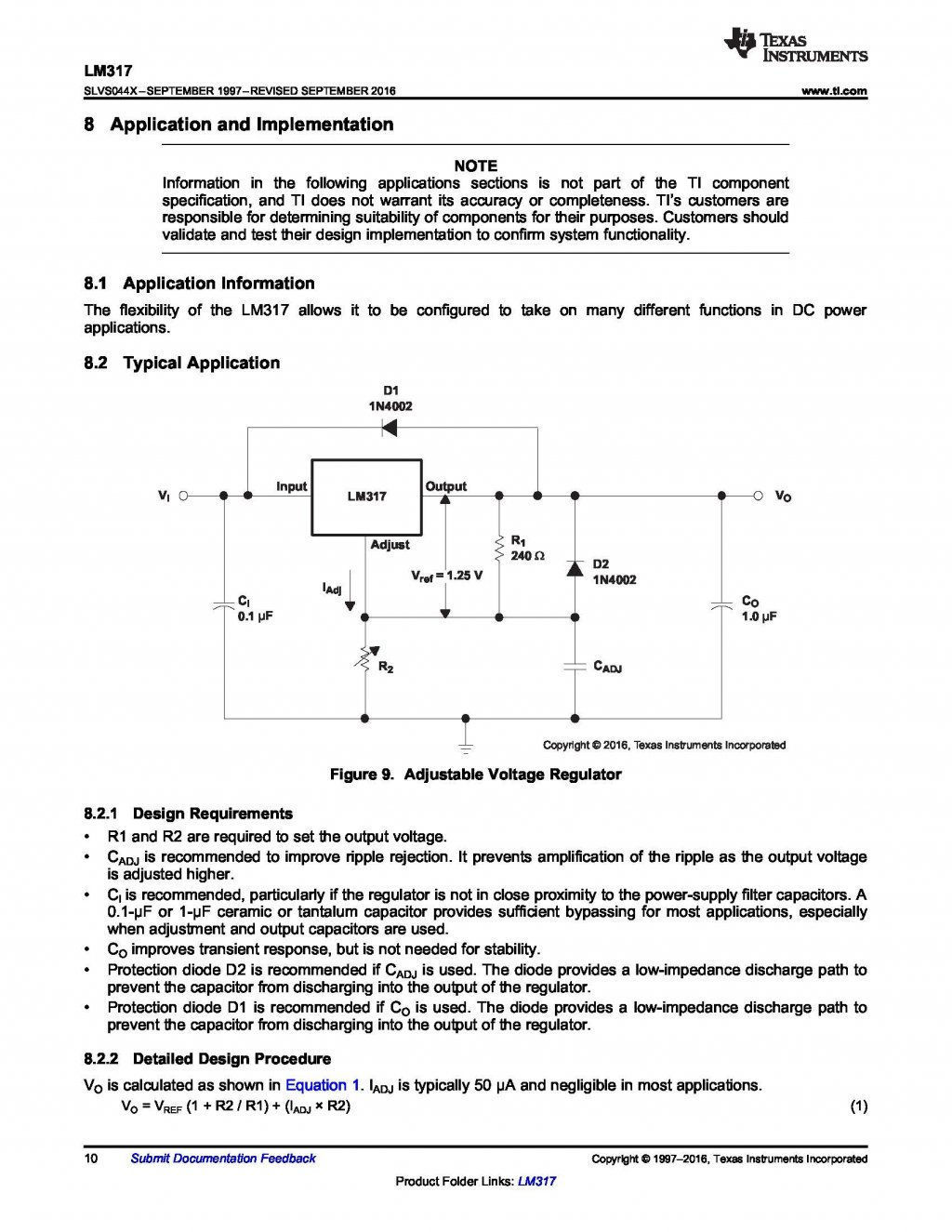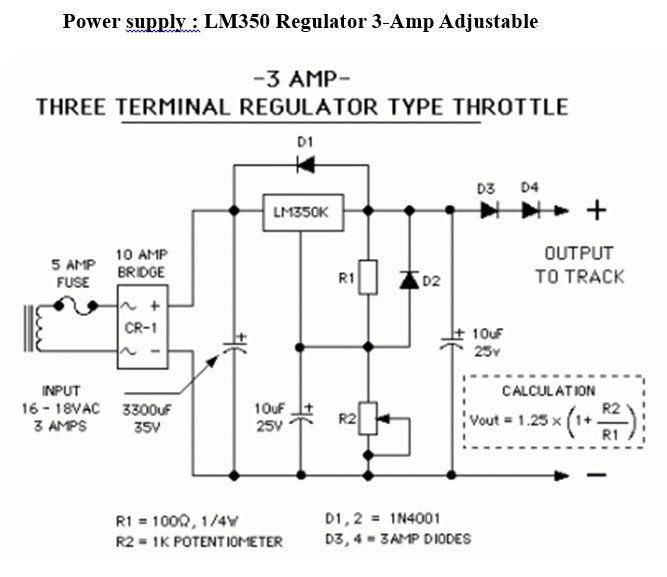steelPHASE
Pat
Firey10_0 said:Hi steel pat
Some great info and ideas about the voltage regulators.
Just to clarify if I use a DC-DC buck unit then add the toroidal inductor to the output voltage to reduce any noise that I get on the output voltage. Is that correct. I haven't used these before. If u could draw me a simple sketch of a circuit that would be great.
Let me know
Cheers
Firey,10_0
Heres a quick sketch of what I talked about. You may have to adapt to suit







